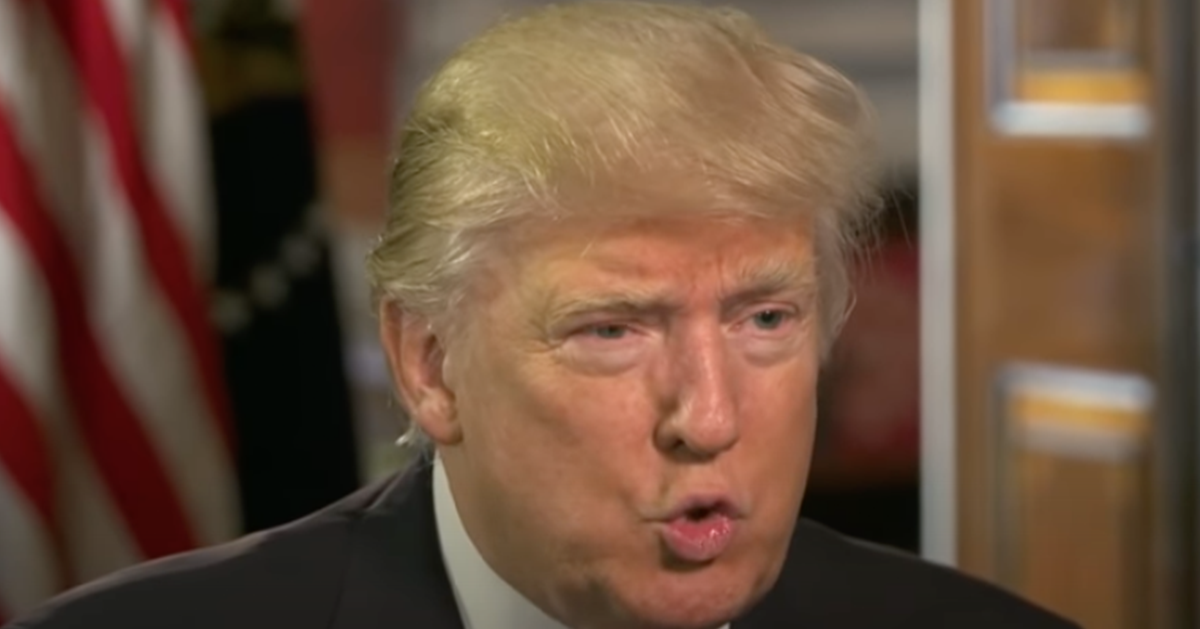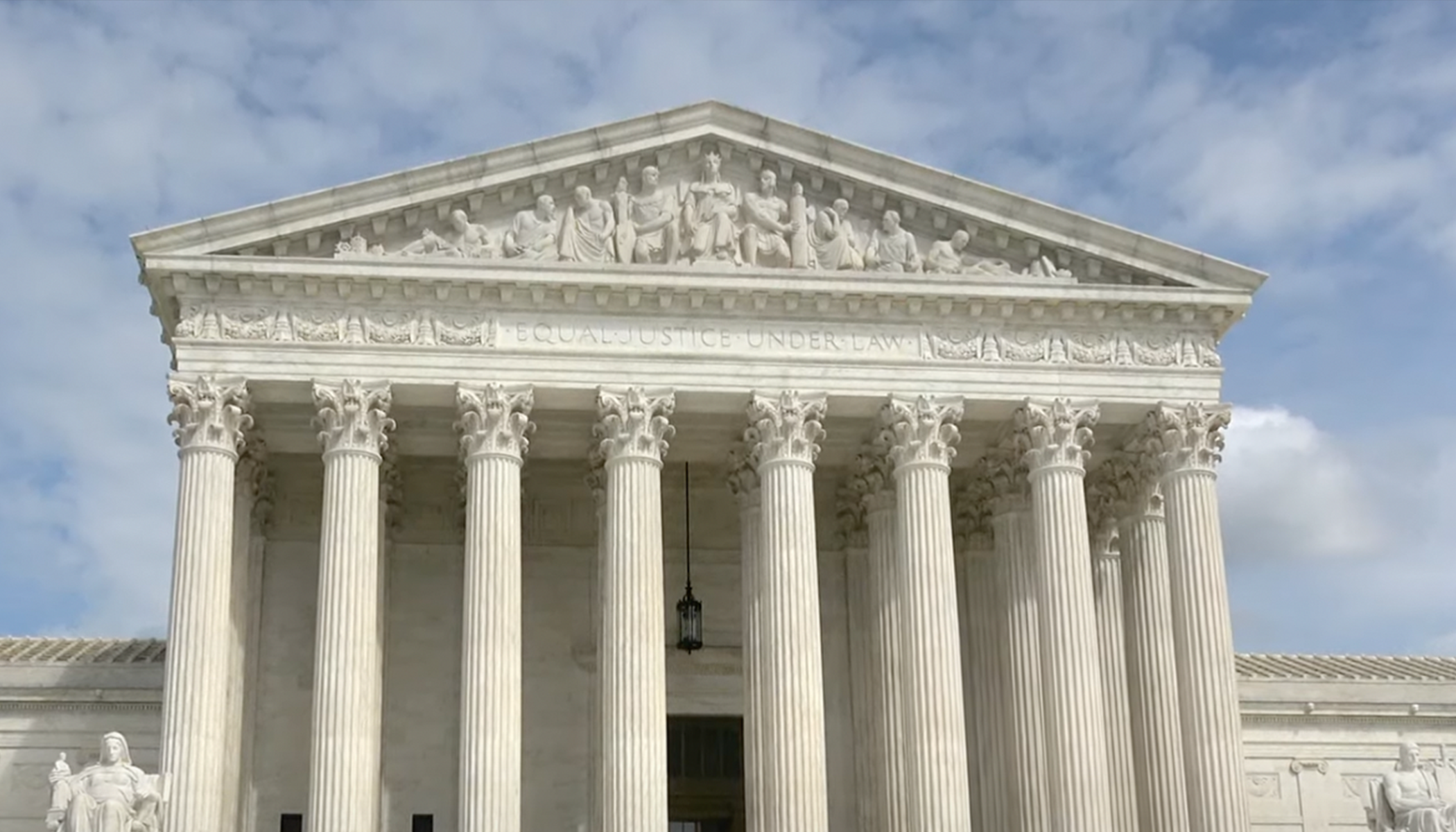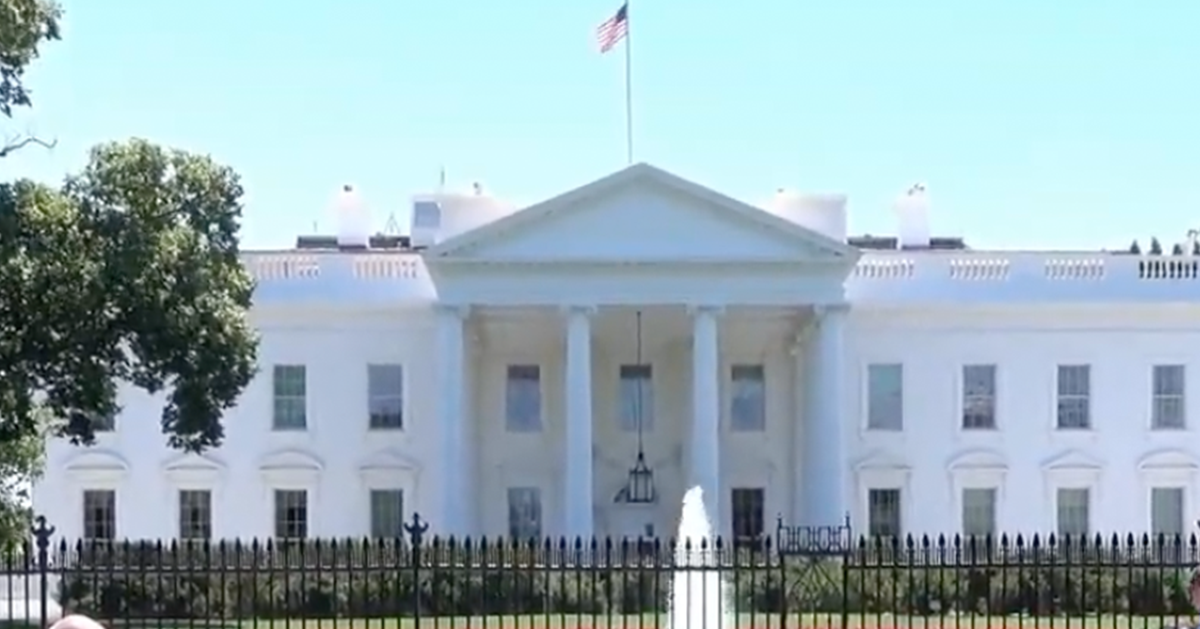Trump administration limits press access near Oval Office
Listen up, press folks -- the Trump administration just dropped a major barrier, shutting reporters out of a pivotal White House space with national security as the rock-solid rationale.
In a significant policy overhaul, the administration has blocked journalists from accessing the “Upper Press” section of the West Wing, a historically open zone near the Oval Office, over fears of compromised sensitive information and reported media misconduct, as the Daily Caller reports.
Delivered through a memo from the National Security Council to communications director Steven Cheung and press secretary Karoline Leavitt, this restriction redefines the boundaries of press interaction with senior staff in a bold way.
Upper Press Shut Down for Safety
Found in Room 140, just a short walk from the Oval Office, the Upper Press area has traditionally been a crucial spot where reporters could connect directly with top communications officials.
That open-door policy is now a thing of the past, as the administration insists that closing off this space is vital to safeguarding national security secrets and protecting sensitive documents from potential leaks.
With critical discussions often taking place in these hallways, the justification seems reasonable, even if it has the press corps up in arms over being pushed to the sidelines.
Claims of Media Oversteps Surface
Cheung didn’t hold back on X, formerly Twitter, alleging that reporters had been caught eavesdropping on private meetings involving senior Trump administration figures in Upper Press.
He escalated the critique, asserting that some journalists breached ethical standards by secretly recording conversations and even capturing images of confidential materials -- a serious charge if it holds true.
Cheung aired his irritation plainly, stating, “Cabinet Secretaries routinely come into our office for private meetings, only to be ambushed by reporters waiting outside our doors.”
Press Association Slams New Limits
The White House Correspondents’ Association (WHCA) was swift to condemn the move, with President Weijia Jiang leading the charge against what she views as a direct attack on transparency.
Jiang stated firmly, “The new restrictions hinder the press corps’ ability to question officials, ensure transparency, and hold the government accountable, to the detriment of the American public.”
Her argument for openness isn’t without weight, but one must ponder if the press’s alleged behavior -- hanging around offices and reportedly prying—forced the administration to draw a hard line, valuing security over accommodating every media request.
Lessons from Past Access Conflicts
This tussle echoes history; in 1993, under President Bill Clinton, communications director George Stephanopoulos similarly limited Upper Press access, setting off a public clash with journalists over the same issue.
That restriction was eventually rolled back to improve relations, with Stephanopoulos later counseling his successor Mark Gearan to reopen the corridor, a pragmatic nod to the need for a working partnership with the press.
For now, the Trump administration stands its ground, opting to prioritize the protection of sensitive operations over bending to media demands -- a decision that, in a time of relentless information leaks, might strike a chord with many Americans frustrated by seeing national priorities undermined for the sake of a sensational story or breaking news headline.





